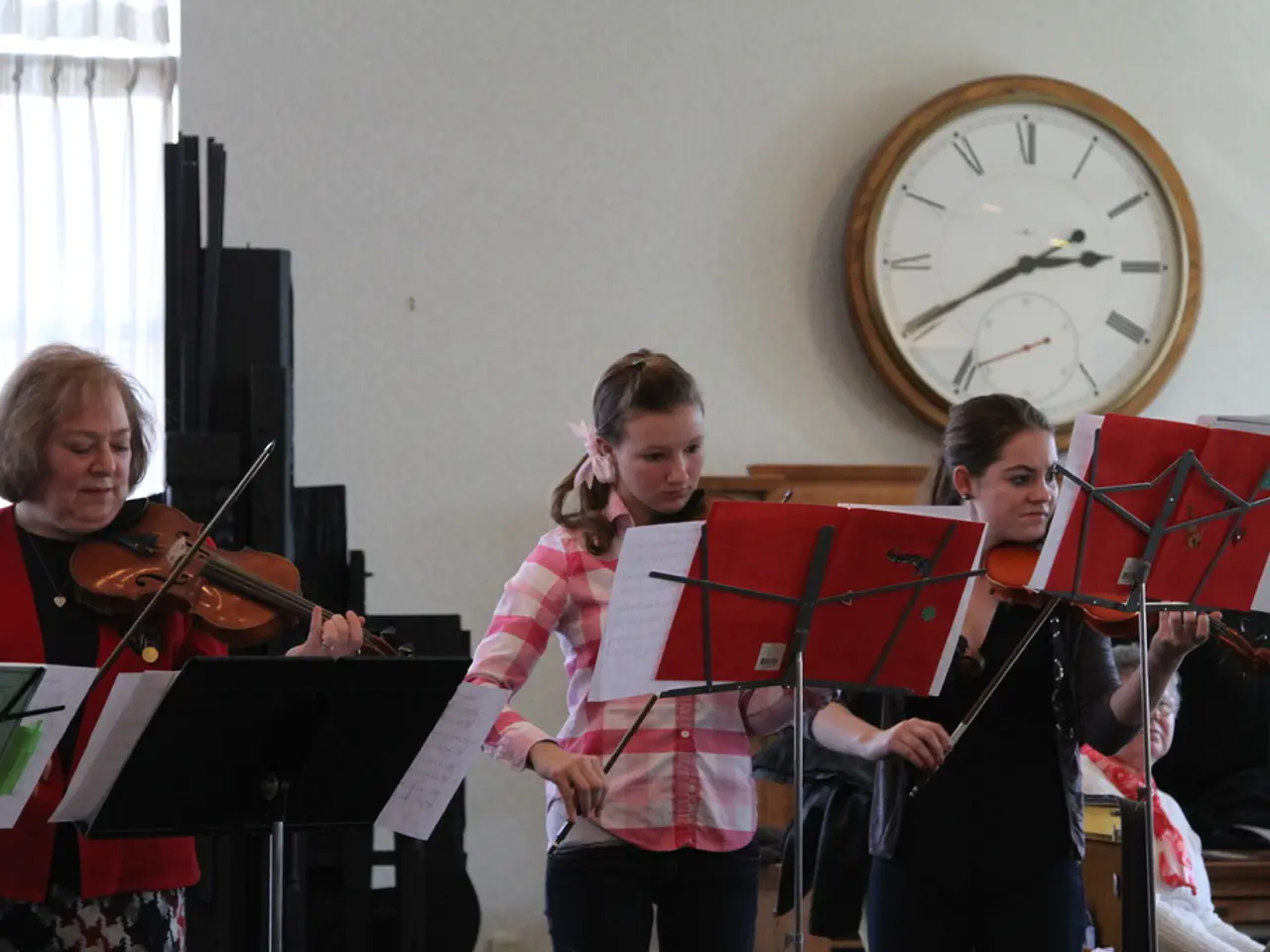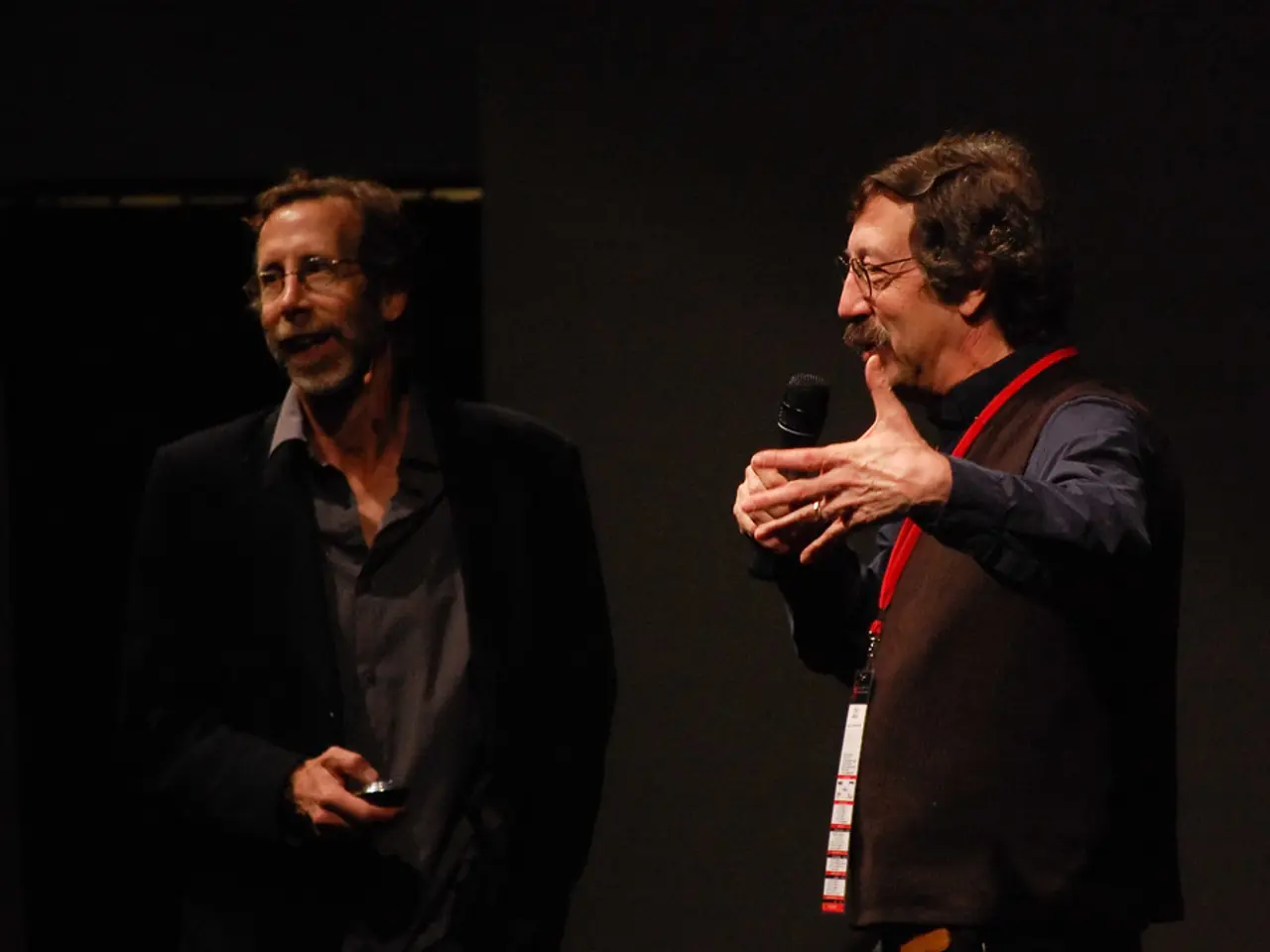Musical Pioneers Collide: Busoni and Bach's Groundbreaking Combination in Compositional Revolution
===================================================================
Ferruccio Busoni, an Italian pianist and composer active in the late 19th and early 20th centuries, had a profound influence on the interpretation and understanding of Johann Sebastian Bach's music. His deep reverence for Bach's music, coupled with his innovative transcriptions, enlightened interpretations, and meticulous editions, breathed new life into Bach's compositions.
Busoni's work focused on the transcription of Bach’s music for the piano, transforming and revitalizing the original compositions. He did not merely transcribe; he reimagined Bach’s works by adapting organ textures and contrapuntal lines into the idiom of the modern grand piano, often enhancing the polyphonic richness and expressive capabilities. This approach opened new interpretative possibilities for performers and listeners, influencing subsequent generations of pianists and composers who engaged with Bach’s music for solo keyboard.
One of Busoni's most notable transcriptions was the Chaconne in D minor, originally composed for the violin. His transcription showcased his virtuosity and demonstrated the potential for Bach’s compositions to be reimagined in the context of the modern piano. Busoni's transcriptions, notably of Bach’s Fantasie and Fugue in A Minor, are celebrated for their intellectual rigor and pianistic brilliance, allowing Bach’s polyphonic textures and contrapuntal complexity to be vividly realized on the piano.
Busoni's innovations contributed to the enduring popularity and reverence for Bach, solidifying his position as one of the greatest composers in history. The Bach-Busoni Editions, which he dedicated himself to editing and publishing, provided pianists with authoritative editions of Bach's music, integrating Busoni's interpretive insights and pianistic adaptations. These editions spanned a wide range of Bach's works and served as invaluable resources for performers, ensuring the accurate representation of Bach’s music while allowing room for artistic interpretation.
The meeting of minds between Busoni and Bach represents a transformative encounter that forever altered the musical landscape. The synergy between the two composers opened new doors for performers, fostering a spirit of creative exploration and individual expression. Busoni believed that Bach's music could transcend its original forms and flourish on different instruments. This approach to performing Bach's music aligned with the emerging Romantic ideals of the time, which valued the subjective and emotional dimensions of music.
Contemporary concerts that feature Busoni’s transcriptions as a central element, such as programs focusing on Bach’s works through various transcribers including Busoni, illustrate the lasting vitality and renewed appreciation fostered by his efforts. Thus, Busoni’s contributions can be seen as crucial in sustaining and expanding Bach’s performance tradition into the modern era of concert piano music.
In summary, Busoni’s transcriptions transformed Bach’s organ music into a form that exploits the piano’s expressive and technical possibilities, significantly enriching Bach’s legacy by making his work more accessible and vibrant in modern performance contexts. The legacy of Busoni's transformative encounter with Bach endures to this day, enriching our understanding and appreciation of Johann Sebastian Bach's timeless and profound musical creations.
[1] Grunenberg, J. (2014). Busoni's Transcriptions of Bach. Retrieved from https://www.cambridge.org/core/journals/music-analysis/article/busonis-transcriptions-of-bach/8E46A96499B37D6036E95A558594942F
[2] Schneider, H. (2006). Ferruccio Busoni: Piano Music and Transcriptions. Retrieved from https://www.oxfordmusiconline.com/view/10.1093/acref/9780199836868.001.0001/acref-9780199836868-chapter-18
Busoni's transcriptions of Bach's music, such as the Chaconne in D minor and the Fantasie and Fugue in A Minor, are celebrated for their intellectual rigor and pianistic brilliance, allowing Bach's polyphonic textures and contrapuntal complexity to be vividly realized on the modern piano. These editions, collectively known as the Bach-Busoni Editions, are invaluable resources for pianists, enabling accurate representation of Bach's music while fostering artistic interpretation.








